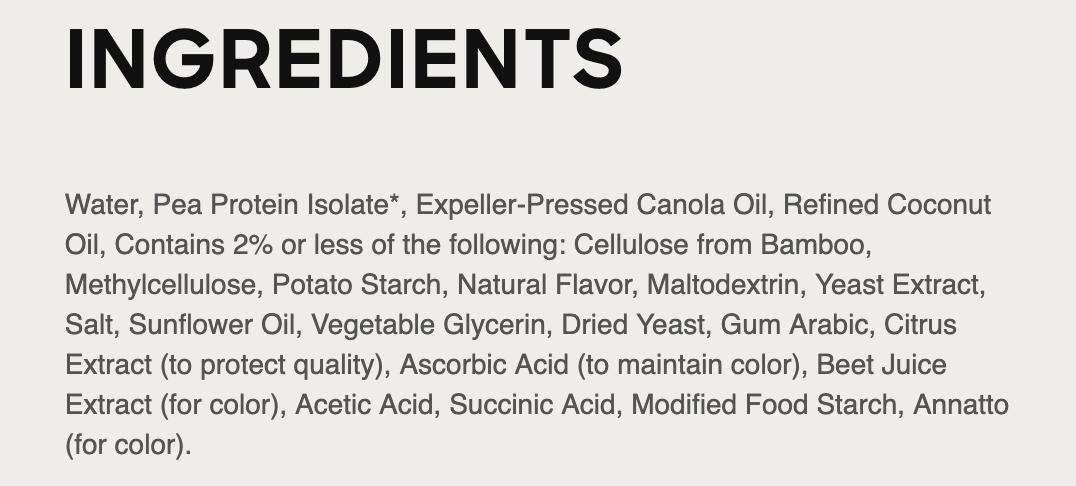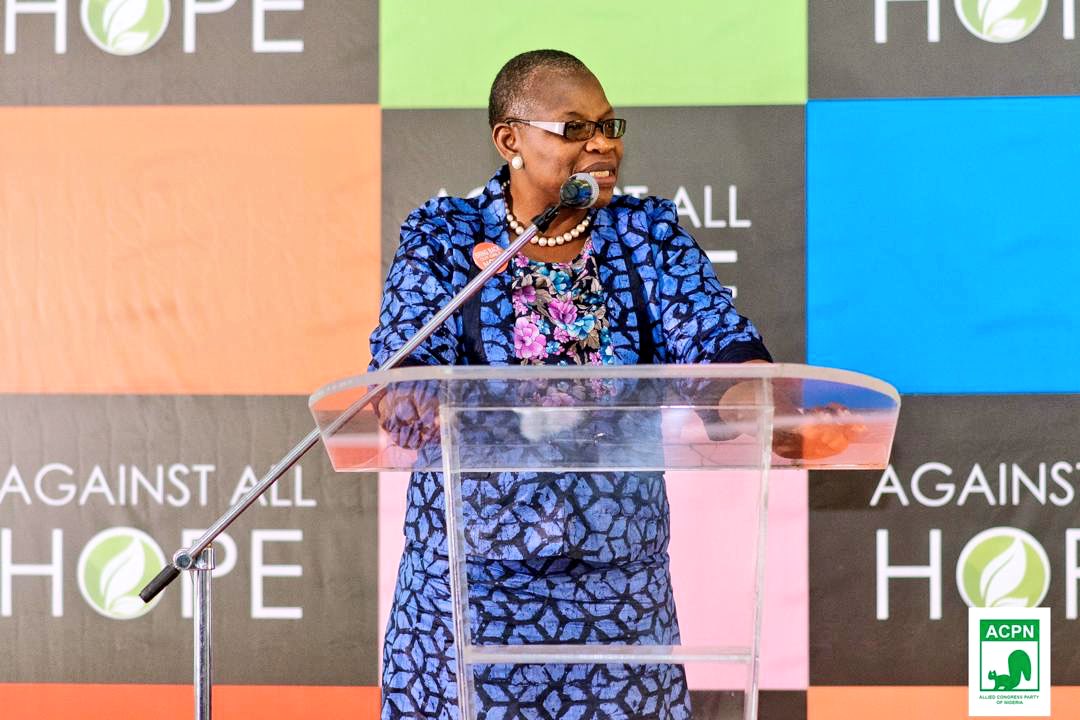Now let’s talk about the health of their businesses.
seekingalpha.com/news/3465691-b…
For comparison, Tyson Foods (a major meat producer) had a 11% gross margin last quarter.
Namely, I expect their growth to meaningfully slow in the next 12 months.
seekingalpha.com/article/426532…
@kettleandfire, some Whole Foods sell 10x more than another conventional store.
1. Grow distribution
2. Grow number of products
3. Grow sales per store
Yes, that means that BYND is trading at nearly 7x the size of the ENTIRE plant-based meat category. And means they don’t have much headroom to grow.
This drives down gross margin, which gets worse with more competition.
Crazy.
I may very well be missing something, but I think Impossible is playing a high-tech fundraising game while operating in a commodity industry (foodservice). And I doubt they’ll come out ahead when it’s all said and done.
techcrunch.com/2019/05/13/cro…
So where is all this money going?
This is a very small factory, one that’s already can’t meet the demand of ~7000 restaurants. And if even 1/2 of funds have gone to the facility, hugely expensive buildout.
Assuming Impossible has invested $300mm into their facility, they’re looking at a buildout cost of $4,411/sqft.
I believe Impossible is losing money like crazy to show demand, and hoping to god they can make the economics work on the manufacturing side.
forbes.com/sites/priceono…
Even if it’s half that, Impossible has a LONG way to get to the land of 40% margin that are considered strong in the branded food world.
fooddive.com/news/gingko-bi…
It’s not.
I do not expect it to succeed or raise any further money at higher valuations.








